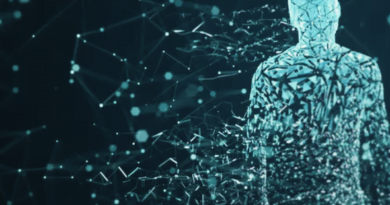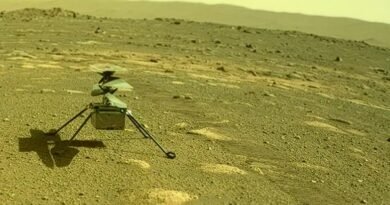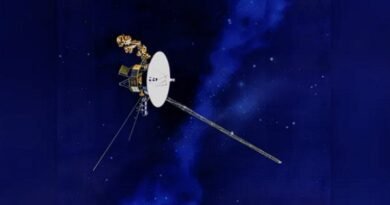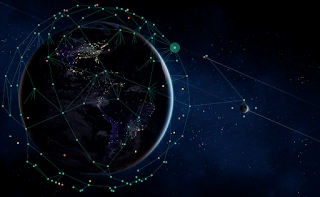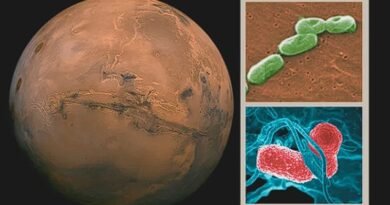NASA Discovers Clue in Voyager 1 Communication Breakdown Investigation
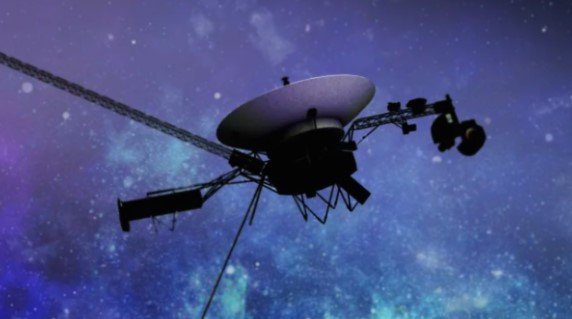
NASA scientists unravel the mystery behind Voyager 1’s disrupted transmissions, ground control edges closer to solving Voyager 1’s communication issue, thanks to a pivotal outlier signal.
NASA engineers are making strides in deciphering the communication anomaly troubling the Voyager 1 spacecraft, positioned beyond our solar system. Voyager 1’s historic venture into interstellar space in 2012 marked a pivotal moment, but in November 2023, its transmissions back to Earth became incomprehensible, presenting a perplexing challenge.
While Voyager 2, Voyager 1’s counterpart, continues to operate smoothly since its 2018 interstellar voyage, Voyager 1’s communication glitches have baffled scientists. Describing the issue as akin to a persistent dial tone, the Voyager 1 engineering team reported a breakdown in data transmission clarity.
A breakthrough occurred on March 3 when the Voyager mission team detected an unusual signal within a segment of Voyager 1’s flight data subsystem (FDS). Despite Voyager 1’s transmissions being encoded in binary code, the signal had lost its meaning since the end of the previous year. However, an engineer at NASA’s Deep Space Network decoded the signal, revealing a comprehensive readout of the FDS memory, holding crucial data intended for transmission back to Earth.
Efforts are underway to compare this newfound signal with the data received just before Voyager 1’s transmissions became nonsensical. This comparison aims to pinpoint the root cause of the communication anomaly. The strategy involves nudging the FDS to experiment with different software sequences, potentially bypassing any corrupted sections causing the communication hiccup.
Given Voyager 1’s immense distance from Earth — around 15 billion miles (24 billion kilometers) — resolving communication issues demands meticulous effort. It takes approximately 22.5 hours for a radio signal to reach Voyager 1 and an additional 22.5 hours to receive a response via the Deep Space Network’s antennas.
The breakthrough occurred on March 3, with engineers commencing decoding efforts on March 7. Three days later, they confirmed the signal contained a readout of the FDS memory. NASA’s dedicated scientists and engineers remain steadfast in their endeavor to restore communication with this pioneering space mission, which pushed humanity’s boundaries beyond the confines of the solar system.

